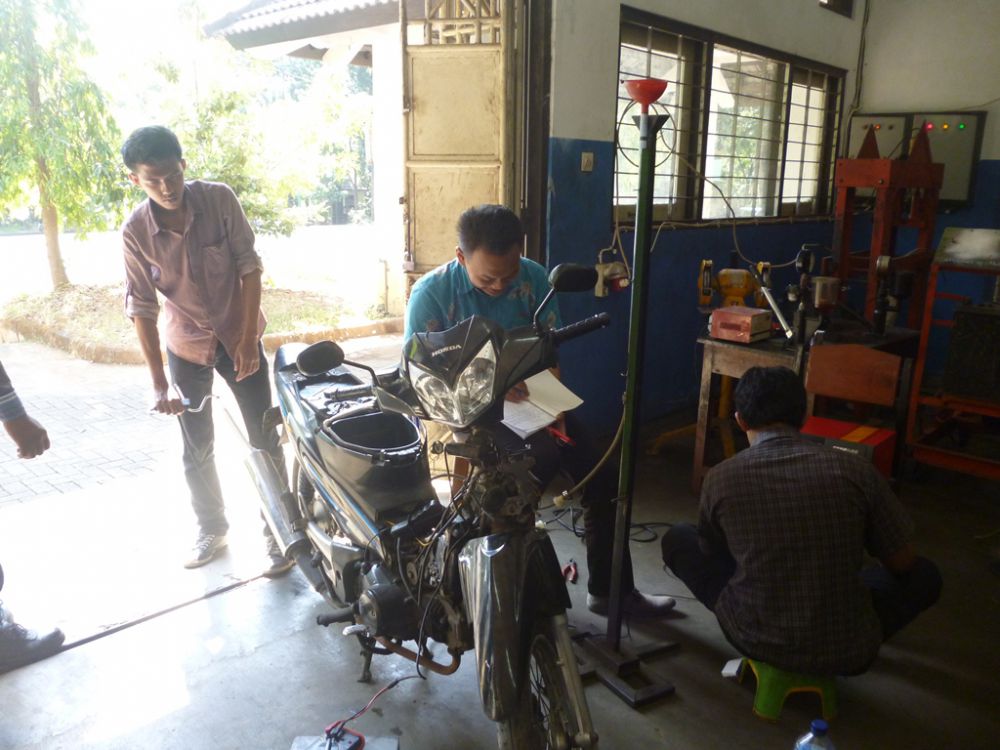Brilio.net/en - The supply of fuels as nonrenewable resources decreases from year to year. This condition encourages many parties to find an alternative solution. The effort of finding alternative energy is also carried out by Hendra Prasetyo, a young man from Semarang, central Java.
This university student of Semarang State University (UNNES) said that plastics might contain about 70-80% oil, the remaining contents are 20-30% water and other material contents. Plastics can be divided into High Density Poly Ethylene (DDPE), Light Density Poly Ethylene (LDPE), and Poly Propilene (PP). The highest content is HDPE plastic; that is a black plastic bag. The content of oil in this plastic bag can be 80%, and the melting point is 70 degrees Celsius so it rapidly melts, said Hendra to brilio.net, Friday (7/8).



Whereas, the plastic drinking bottles which include in PP type are not recommended as the oil content only reaches 30%. The melting point reaches 100 degrees Celsius, so that the melting process takes time longer than the HDPE plastic.
To produce the fuels from this plastic, it takes a help of a pyrolysis reactor. The first method is inserting the plastic in the reactor, and then burning them by previously closing all the faucets. After the temperature has reached 300-400 degrees Celsius, the plastic will melt and evaporate. Next, this vapor will condense and turn into liquid oils with the help of water cooling medium. The obtained oils can be used for fuels.
The fuels which are formed looks like diesel fuel. We had tested it in Diponegoro State University (UNDIP) and Gajah Mada University (UGM) laboratory. We had also tested on vehicles Hendra admitted.
This invention of the nations young generation is expectedly followed up to be produced in mass.
(brl/tis)